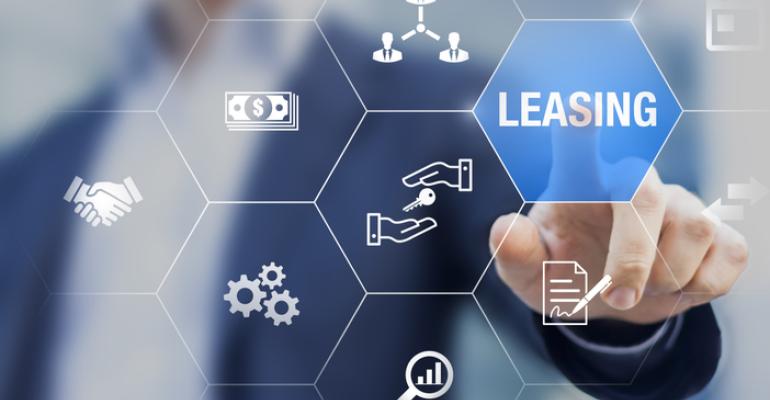The auto industry once leaned on leasing for a couple of dubious reasons.
One was to move the metal with sweetheart deals, especially in the early 2000s, an era when car companies over-produced vehicles, then pushed them on a market (and dealerships) that really didn’t want them.
Another reason leasing was questionably used back then was to get consumers on shoestring budgets into vehicles they otherwise couldn’t afford.
Both factors contributed to a crash crisis because end-of-term vehicles were returned with values that fell well below the overly optimistic residual forecasts used to structure the lease deals two or three years earlier.
As someone in the game said at the time: “It wasn’t a question of which off-lease vehicles lost money. They all did.”
Unable to sustain that, cash-strapped Chrysler and General Motors pulled out of leasing altogether in 2008, a prelude to both entering bankruptcy.
But smarter strategies after the Great Recession gave leasing a, well, new lease on life. It became profitable again and leasing penetration rates increased, exceeding 30% of vehicle deliveries.
But today, leasing is only 17% of the auto-retailing market. Why did it drop nearly 50% in a few years? Because it’s become expensive during these days of automotive inventory shortages caused by a worldwide microchip shortage that has forced automakers to cut production.
“It’s part of the whole supply equation,” Patrick Roosenberg, J.D. Power’s director-automotive finance intelligence, tells Wards.
Automakers’ captive lenders – who offer the lion’s share of today’s leasing – stopped subventing lease deals amid the inventory scarcity.
“I remember $99 a month leases,” says Roosenberg, who once worked for Chrysler Financial. “Those days are over.”
Now, the average monthly lease rate is $638. It was $535 two years ago.
With terms that high, “a lot of consumers are getting pushed out of the market,” Roosenberg says.
Meanwhile, soaring newvehicle lease rates have given some traction to a practice that’s been talked about over the years but never really caught on: used-car leasing. More on that in a moment.
Roosenberg says that as leasing volumes fall, automakers’ captive lenders and dealers need to do what they can to bring lease customers back to the brand.
That includes actions that create and maintain brand loyalty, he says. “Because there are fewer lease opportunities, the best course of action is for lenders to do everything in their power to maintain their current customers.”
The key to attracting and retaining those customers is understanding when lessees make their decisions and how best to communicate with them at the right moment, according to J.D. Power’s 2023 U.S. End of Lease Satisfaction Study.
Ford Credit ranks highest in end-of-lease satisfaction in the mass market segment for a second consecutive year, scoring 873. Toyota Financial Services (857) ranks second, while Honda Financial Services (855) and Hyundai Motor Finance (855) tie for third. (See chart at bottom of story.)
The study compares the different end-of-lease journeys of brand-loyal customers and those who bolt the brand. The study’s goal was to identify and understand actions that affect loyalty.
J.D. Power says the optimal “recapture point” is not when customers return off-lease vehicles to a dealership. Instead, the greatest opportunity to retain them is six to nine months before vehicle turn-in.
Roosenberg advocates a cadenced schedule of contacting people on their preferred communication channel without “bombarding” them.
“The messages should be personalized and cover options and vehicle availability,” he says. “I also recommend self-inspections of vehicles, so customers aren’t surprised when wear-and-tear issues come up at the turn-in.”
Captive lenders are the main communicators, but dealership staff can play key roles because veteran showroom salespeople “can talk to a customer like lenders can’t.”
Regarding used car leasing finally gaining some ground after years of spinning its wheels, “it’s an affordability issue,” Ken Sopp, chairman of Credit Union Leasing of America (CULA), tells Wards.
It can be tricky to set residual forecasts on used cars two to three years out, but modern digital predictive analysis has helped, says Sopp, whose leasing company partners with credit unions.
Part of the trickiness of pre-owned vehicle residual forecasting is that “every used car is unique,” says Mark Chandler, CULA’s vice president-business development.
Used-car leasing is a small part of CULA’s business, “but it is a growing part,” Chandler says. “A dealership’s used-car manager is the one you want embracing it.”






